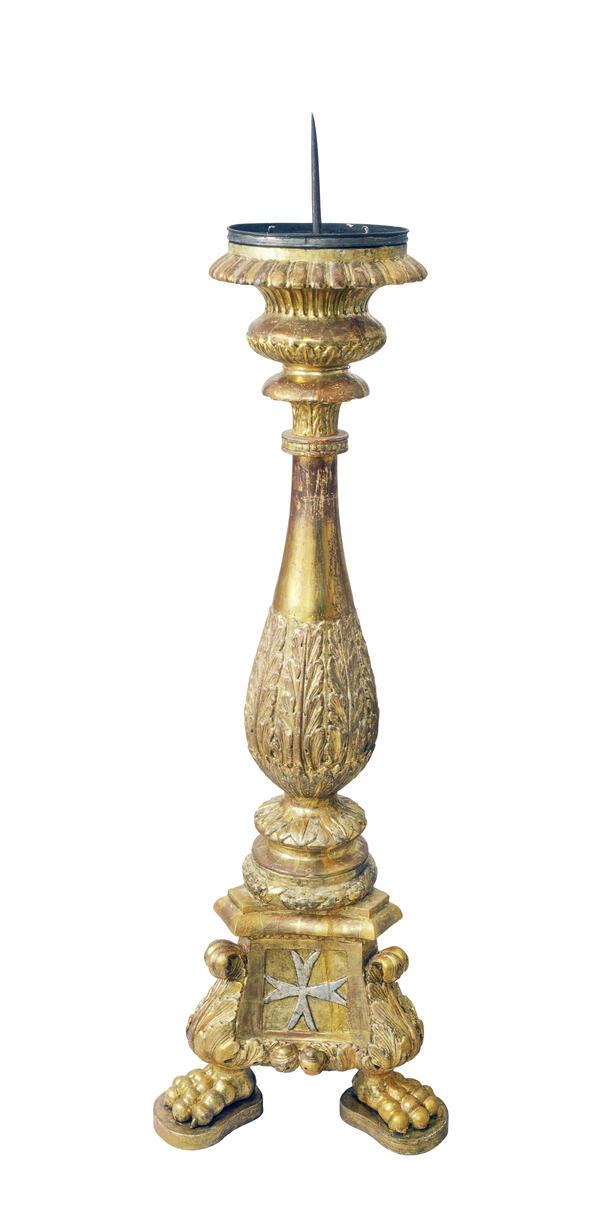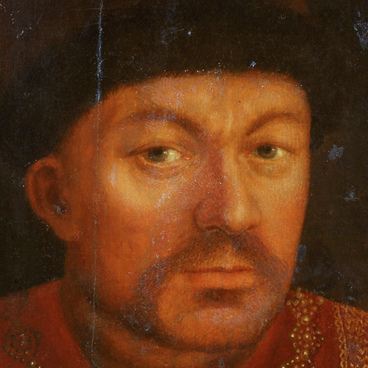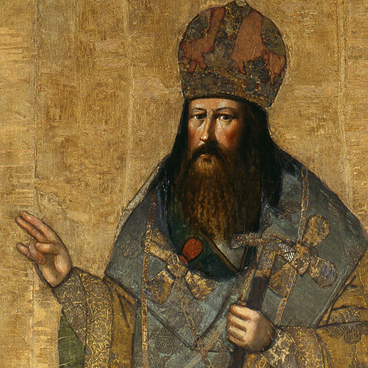The Order of Malta is the oldest religious society of knights of the Roman Catholic Church. It was established in the second half of the 11th century in Palestine and at first was called the Brotherhood of St. John. Initially, the brotherhood provided shelter and treatment to sick or wounded pilgrims who came from Europe to pray at the Holy Sepulcher. Later, they took on the duty to fight the infidels and to protect and defend the Holy Land in addition to their monastic vows. When the Crusaders were ousted from the Orient in 1291, the order relocated to the island of Cyprus; later, from 1306 to 1308, it was located in Rhodes, and since 1530 — in Malta. Since then, it was named the Order of Malta.
In 1797, the Grand Priory of the Order was established in Russia, and Emperor Paul I assumed the title of its protector, that is, patron. When Napoleon invaded Malta in June 1798, Paul granted the Knights of Malta asylum in St. Petersburg and assumed the title of Grand Master. In the same year, he issued a decree on the establishment “of the Order of Saint John of Jerusalem for the Russian nobility” — the highest decoration awarded for military and civil service. At the same time, the Maltese cross was introduced into the Russian state emblem.
The emperor gave the Vorontsov Palace to the Russian Priory of the order, next to which in 1798–1800 court architect Giacomo Quarenghi built the Catholic Church of St. John the Baptist — the Maltese Chapel. It was intended for the order’s meetings and as storage of the order’s regalia. Quarenghi not only designed interiors, but also furniture. After the death of Paul I, the chapel functioned as a Catholic church.
In 1797, the Grand Priory of the Order was established in Russia, and Emperor Paul I assumed the title of its protector, that is, patron. When Napoleon invaded Malta in June 1798, Paul granted the Knights of Malta asylum in St. Petersburg and assumed the title of Grand Master. In the same year, he issued a decree on the establishment “of the Order of Saint John of Jerusalem for the Russian nobility” — the highest decoration awarded for military and civil service. At the same time, the Maltese cross was introduced into the Russian state emblem.
The emperor gave the Vorontsov Palace to the Russian Priory of the order, next to which in 1798–1800 court architect Giacomo Quarenghi built the Catholic Church of St. John the Baptist — the Maltese Chapel. It was intended for the order’s meetings and as storage of the order’s regalia. Quarenghi not only designed interiors, but also furniture. After the death of Paul I, the chapel functioned as a Catholic church.



